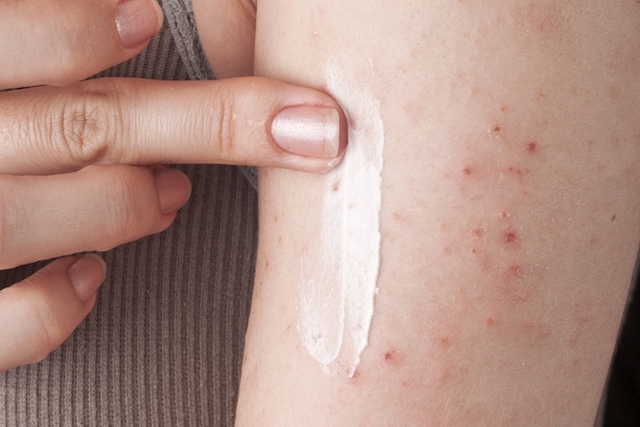Microplastics are plastic particles less than 5 mm in diameter, which can result from the fragmentation of larger plastics or be produced by the industry, already with a small size, in the form of a sphere or powder.
These particles are found in the air and deposit on the seabed and on the beaches and are easily mistaken for food by fish and other marine animals, due to their small size, which ingest them, causing damage to their health, which is reflected in a threat to the food chain, since microplastics are subsequently ingested and inspired by other animals and humans.

Where microplastics come from
Microplastics can be classified into primary or secondary.
Primary microplastics are those that are produced by industry, already in small dimensions, and that are then released into the environment. This type of plastics are the result of industrial leaks, synthetic clothing and the use of cosmetic products with abrasive properties, such as toothpaste or scrubs, for example, in which microplastics with spherical or irregular shapes and different colors are introduced.
Secondary microplastics are those that result from the fragmentation of larger plastics, from different origins, worn out by photo-degradation, abrasion due to friction with water or other plastics, with salt and exposure to different temperatures.
What is the impact on the oceans
Microplastics are a threat to marine fauna, having already been found in the digestive tract of shrimp, mussels, oysters, and other species. These particles cause physical damage and mechanical obstruction of the digestive system and consequent malnutrition. In addition, they enter the bloodstream, causing stress and hormonal changes that compromise their rate of reproduction and growth and changes in the physiology of the liver and heart.
As a consequence, these microplastics ingested by marine animals, compromise the entire flora and are also ingested by humans.
In addition, the damage caused to the organisms that ingest the microplastics, can also be caused by the absorption and adsorption of contaminants by the microplastics, which are a vehicle for exposure and transfer of highly toxic organic compounds.

What to do to reduce microplastics
In order to reduce the impact of microplastics on the environment, it is necessary to reduce, reuse and recycle plastics and avoid using products containing microplastics.
A large amount of microplastics result from washing synthetic clothing and tire wear, so it is important to reduce the use of synthetic clothing, reduce the number of washes, speeds and temperatures, as well as using public transport more.
In addition, it is important for the industry to start investing in the use of biodegradable plastics and to avoid industrial losses of microplastics, which are used in the production of various objects, as well as avoiding the introduction of microplastics in cosmetics and abrasive cleaning products, replacing them biodegradable substances. It is also important that the plastic is designed to be recycled.
Watch the following video and see some tips that teach you how to treat waste, reduce plastic products and protect the environment:












